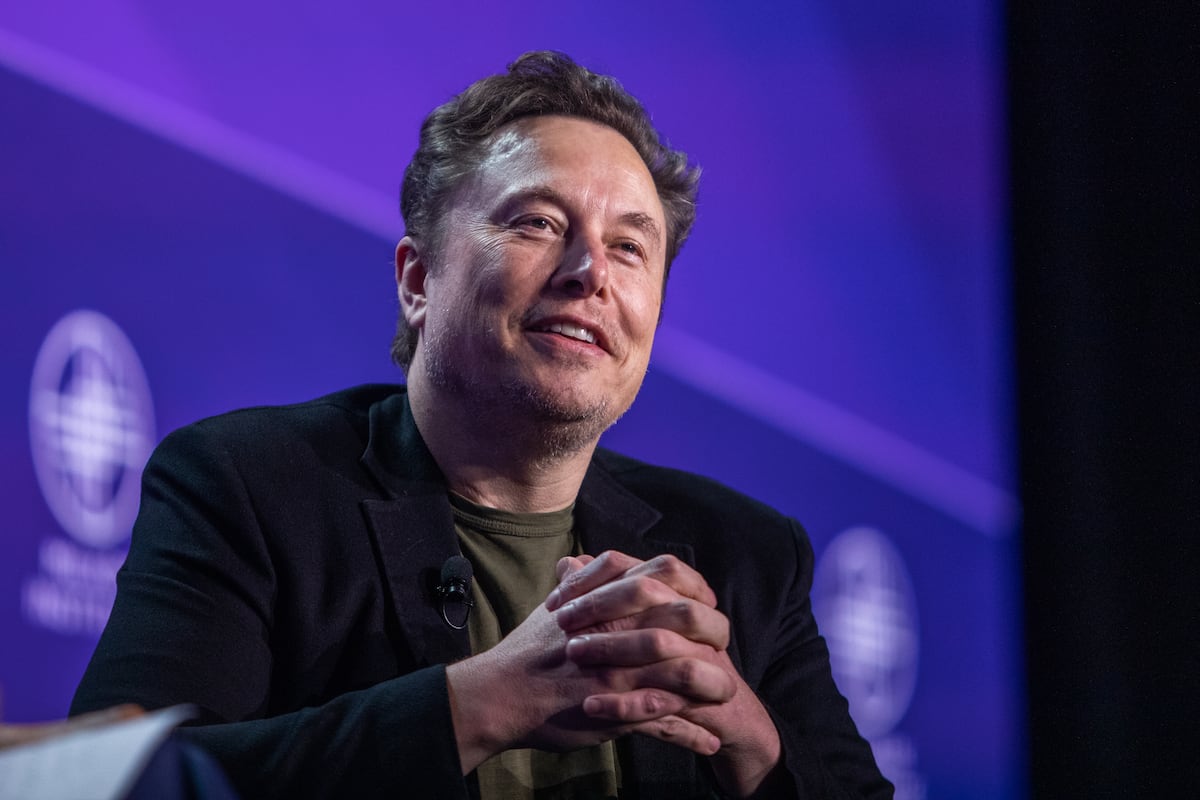Real Madrid footballer Vinicius Jr. in a tuxedo smilingly showing a banana-shaped trophy, in an obvious racist allusion. FC Barcelona star Lamine Yamal robbing an old woman on the street or crossing the sea aboard a boat. Hitler dressed in pink reading children’s stories. The athlete Ana Peleteiro, who has reported abuse, sleeping next to Íñigo Errejón. These are some examples of the images that are circulating on the social network
Grok has a fundamental difference compared to other similar image generative AI systems: it does not have any type of filter. Its owner, Elon Musk, a self-proclaimed absolutist of freedom of expression, does not want to limit the imagination on his platform. And users of the social network are taking advantage of it: they share, above all, content that, on any other platform, would not pass the slightest scrutiny. Racist, sexist and/or violence-inciting images.
When the user asks other tools, such as Gemini or ChatGPT, to generate images with problematic content, the response is usually that this is not possible. That’s what the so-called AI guardrails do: a series of red lines that are coded into the system to guarantee ethical minimums.
From the moment magnate Elon Musk bought Twitter in 2022 for about $40 billion, he made it clear that his goal was to “favor freedom of expression.” Over time it has been seen that its notion of freedom of expression includes eliminating content moderation and allowing all types of xenophobic, conspiratorial and far-right content to circulate on its social network.
The launch of an image generator that can make any idea come true, no matter how perverse, is part of this supposed defense of online debauchery. And it abounds in the drift that X has taken in recent times, which since Donald Trump’s victory in the US presidential elections has caused a flight of users to other social networks such as Bluesky or Threads.








